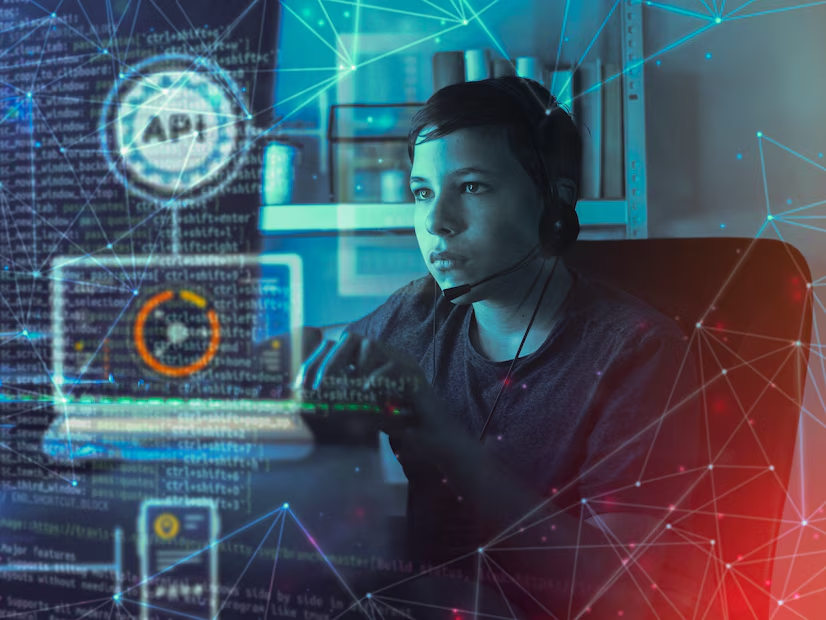Which Assistant is the Best in 2025? Picking the right assistant for your work can be a challenge. Do you need one that helps with writing, one that focuses on safety and fairness, or one that solves complex problems with high accuracy? ChatGPT, Claude, and DeepSeek each have their own strengths, but which one is the best choice this year?
ChatGPT is a well-rounded helper, Claude is thoughtful and careful, while DeepSeek is strong in technical tasks. Understanding their differences will help you decide which one fits your needs best.
Before we dive into a comparison, let’s first understand what makes each AI unique and how it stands out in 2025.
DeepSeek (By DeepSeek Labs)
The new open-source AI from China, DeepSeek, is gaining attention for its affordable yet powerful capabilities. It excels in technical tasks, coding, and research, making it an attractive option for developers and businesses.
Strengths: DeepSeek is built for technical accuracy and complex reasoning. It performs well in math, coding, and logic-based tasks.
Weaknesses: Limited versatility—great for technical work but not as strong in casual conversations or creative writing.
Best for: Developers, analysts, and businesses needing precise AI-generated insights.
Technical Specifications:
Context Window: 128K tokens
Maximum Output Tokens: 32K tokens
Parameters: 671 billion total, with 37 billion activated per task (Mixture-of-Experts architecture)
Training Approach:
- Combines reinforcement learning (RL) and knowledge distillation from a 671B-parameter “teacher” model
- Uses self-evolution to refine reasoning without human intervention
- Trained on synthetic data (e.g., 600,000 self-generated reasoning samples) and a small supervised dataset for initial fluency
Data Volume: Likely trained on hundreds of billions of tokens, optimized for math, coding, and reasoning tasks
ChatGPT (By OpenAI)
ChatGPT-4o is one of the most used AI models with adaptability and versatility that has a range of applications from creative writing, coding, and solving problems, to real-time web searches. Image and video generation has also been introduced by OpenAI, and therefore, this tool can be considered all-around for both professional and casual users.
Strengths: ChatGPT is the most well-rounded AI, handling writing, coding, and conversations with ease. It’s also great for casual chats and professional work.
Weaknesses: It can sometimes be too wordy or struggle with very technical topics.
Best for: General users, businesses, writers, and developers.
Technical Specifications:
Context Window: 128K tokens
Maximum Output Tokens: 16.4K tokens
Training Approach: Uses supervised learning with diverse datasets. Focuses on general-purpose tasks.
Data Volume: Trained on trillions of tokens from publicly available and licensed sources
Claude (By Anthropic)
If you need a smart, ethical, and safe AI, Claude might be your best bet. Built for long conversations and complex reasoning, it’s great at summarization, document analysis, and maintaining a thoughtful tone.
Strengths: Claude is best at deep reasoning, ethical AI use, and creative writing. It has a natural-sounding tone and can handle long documents well.
Weaknesses: Slower responses compared to ChatGPT and limited internet access.
Best for: Writers, researchers, and professionals handling sensitive data.
Technical Specifications:
Context Window: 200K tokens
Maximum Output Tokens: 4,096 tokens (8,192 tokens in beta with specific header)
Training Approach: Relies on supervised fine-tuning (SFT) with human-labeled datasets. Resource-intensive, costing tens of millions of dollars to train
Key Comparison Table
Feature | DeepSeek (R1) | ChatGPT (GPT-4o) | Claude (Claude 3.5) |
Best Use Case | Technical AI, strong in math and logic | General-purpose AI for work, study, and creativity | Ethical AI with deep reasoning and creativity |
Writing & Creativity | Good, but less natural-sounding | Excellent, but sometimes generic | Best for storytelling and creative tasks |
Coding & Debugging | Best for technical coding and reasoning | Strong, with real-time explanations | Advanced, offers structured outputs |
Factual Accuracy | Most accurate in technical fields | High, but can occasionally be verbose | Strong ethical considerations |
Internet Access | Limited web browsing | Yes (browsing enabled) | No (limited to trained data) |
Speed & Response Time | Fast, but prone to downtime | Fast and efficient | Slower but more thoughtful |
Security & Privacy | Prioritizes data privacy, but is less transparent | Follows OpenAI policies | Focuses on safety and ethical responses |
Multimodal Capabilities | Text-only | Text, images, and voice (DALL-E, Sora) | Text-only |
Performance Evaluation and Comparison
Prompt: Given an integer array nums, find the contiguous subarray (containing at least one number) which has the largest sum and return its sum.
Example:
Input: nums = [-2,1,-3,4,-1,2,1,-5,4]
Output: 6 (The subarray [4,-1,2,1] has the largest sum = 6)








